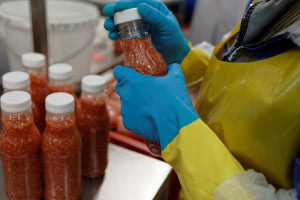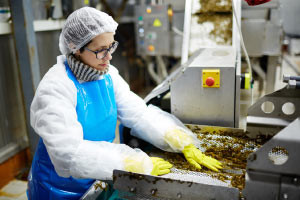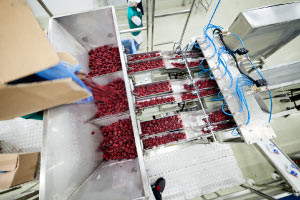Description
In this course, you will learn:
- Identify the main difficulties linked with food production and the concept of environmental sustainability.
- The fundamentals of systems thinking, including how different parts of a system interact with one another and how a system's context affects it.
- Crop and livestock productivity are important for environmental sustainability.
- Environmental indicators and how to assess the influence of food production on the environment at the farm, village, and regional levels
- Making decisions and assessing the life cycle
- Tools that are useful and their advantages and disadvantages
We'll look at production systems on both sides of the spectrum: high-productivity systems with high inputs and emissions to the environment, and low-productivity systems with low inputs and soil fertility depletion. The interplay of crops and livestock is a major focus.
Syllabus:
- Complexity of sustainable food production systems
- Introduction to systems thinking
- Productivity indicators of food production systems
- Environmental indicators of food production systems
- Trade-offs between sustainability indicators
- Integration module with two case studies









